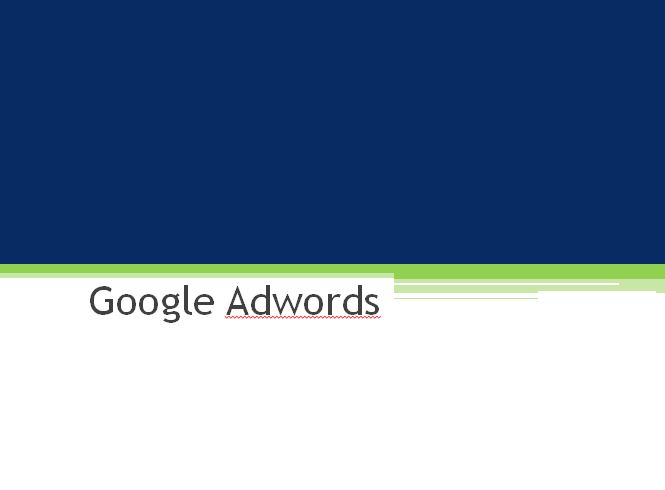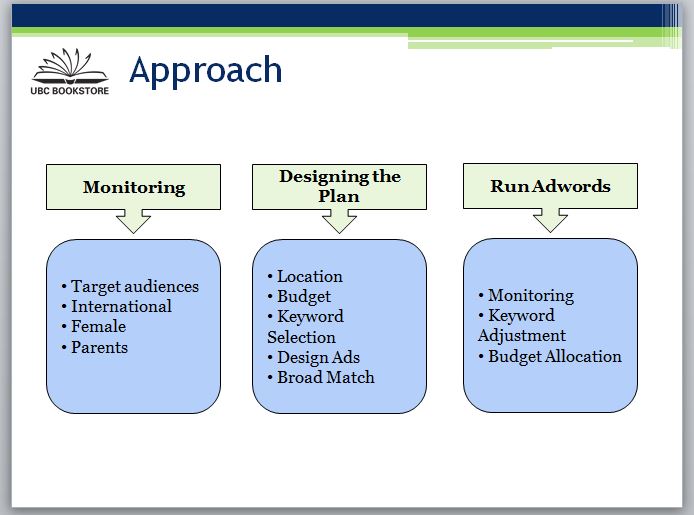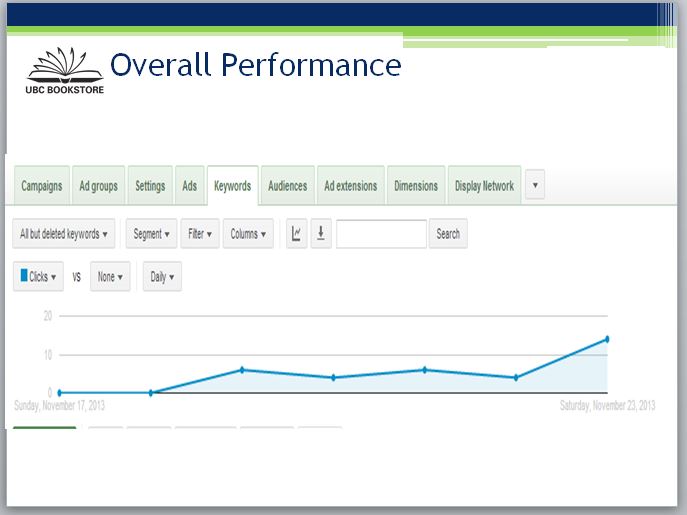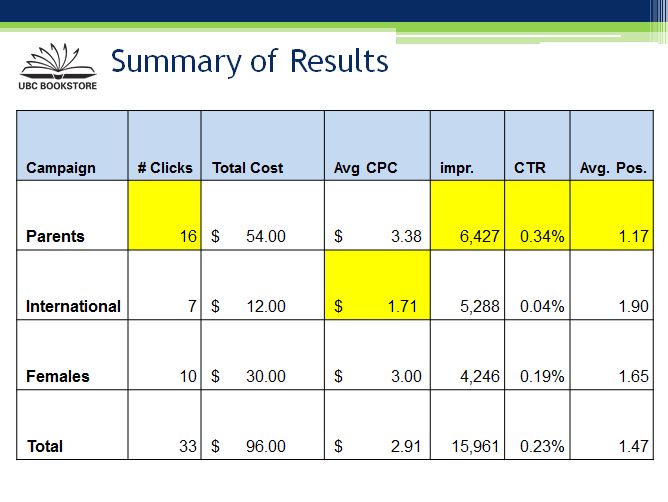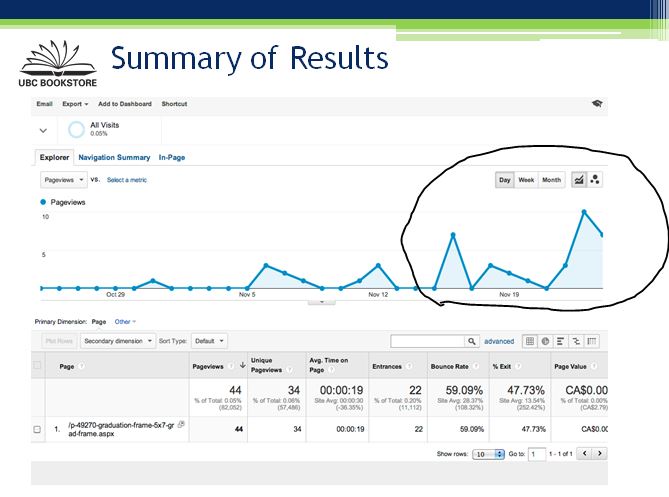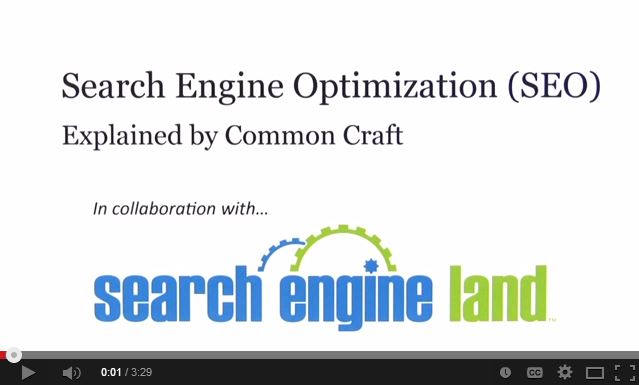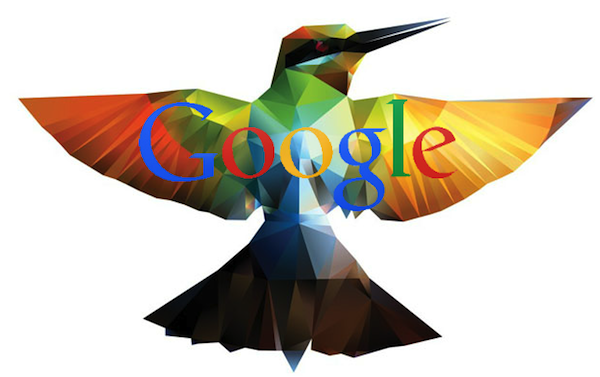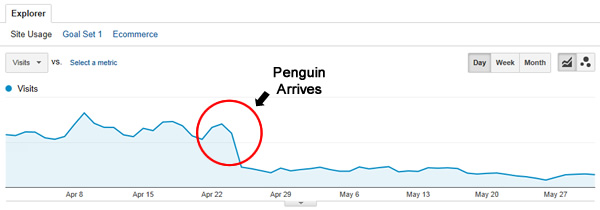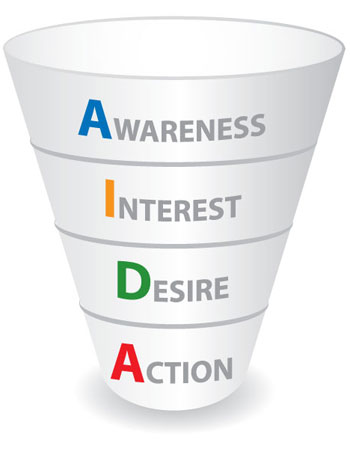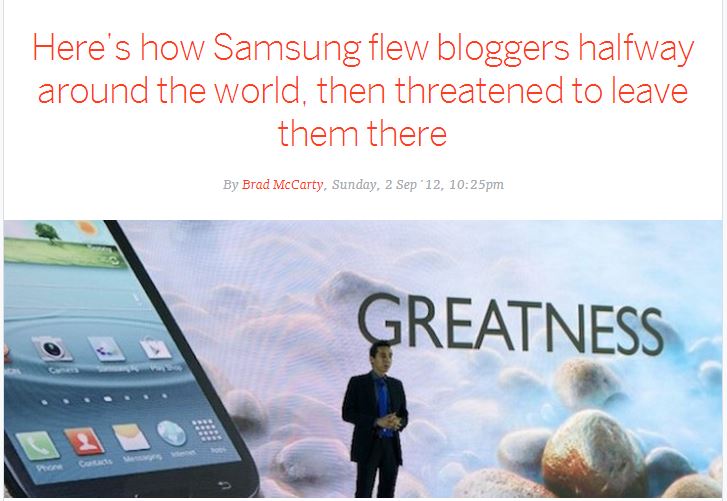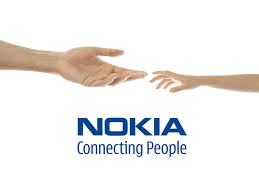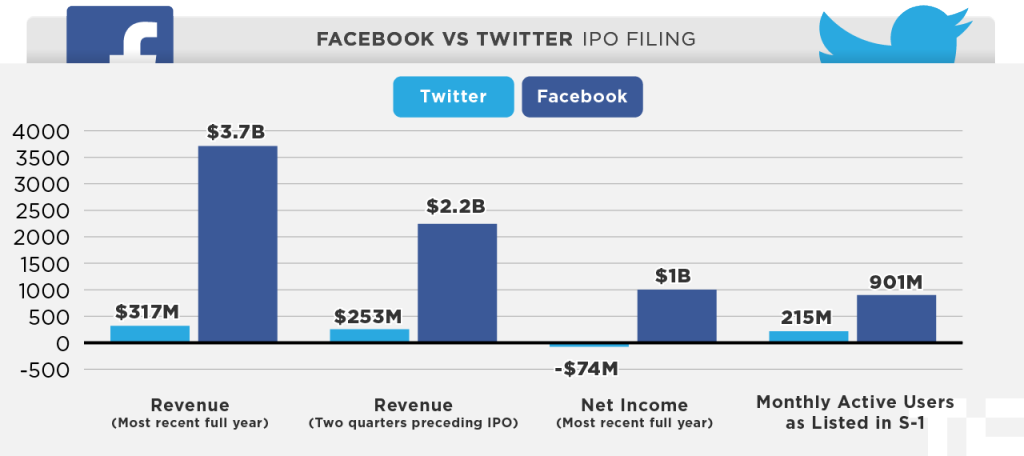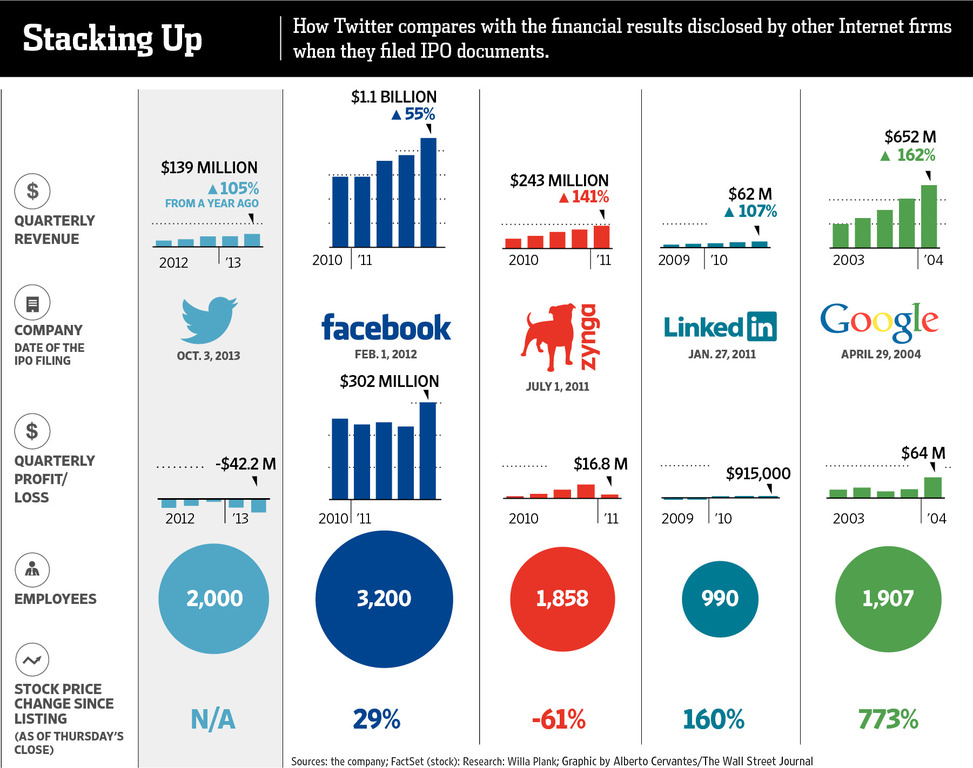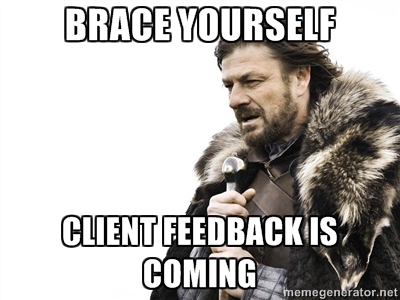TELUS wants to share its love of pandas with customers. Recently TELUS set up vending machine that distributed free stuffed pandas to visitors.
All TELUS asked in return was that visitors tweet with the hashtag #HomeTweetHome . There is a heartwarming video about TELUS’ panda project on YouTube. You can watch the video here . For every tweet that was sent during the campaign, TELUS also donated $1 to the WWF. I think it is great to see TELUS giving back to the environment and spreading a little cheer during Christmas time.
This project is an example of how companies must continuously find new ways to engage with their customers. With the rise in popularity of social media and increased availability of smartphones, many companies are starting to blur the lines between using social media for online and offline marketing campaigns. For example, these localized marketing campaigns can be used to target specific store locations to increase traffic at a specific TELUS retail store in a mall.
TELUS takes this one step further by capturing footage of visitors receiving pandas and creating owned media in the form of a post-event video that can be shown on social media websites like YouTube or on the company’s website to increase the reach and impact of the initial offline marketing campaign. These types of experiential marketing programs that allow consumers to become active participants in the TELUS’s marketing campaigns. As a result, the content that is produced is more relevant and engaging to customers which increases the probability that they will share the content with their friends and families.




